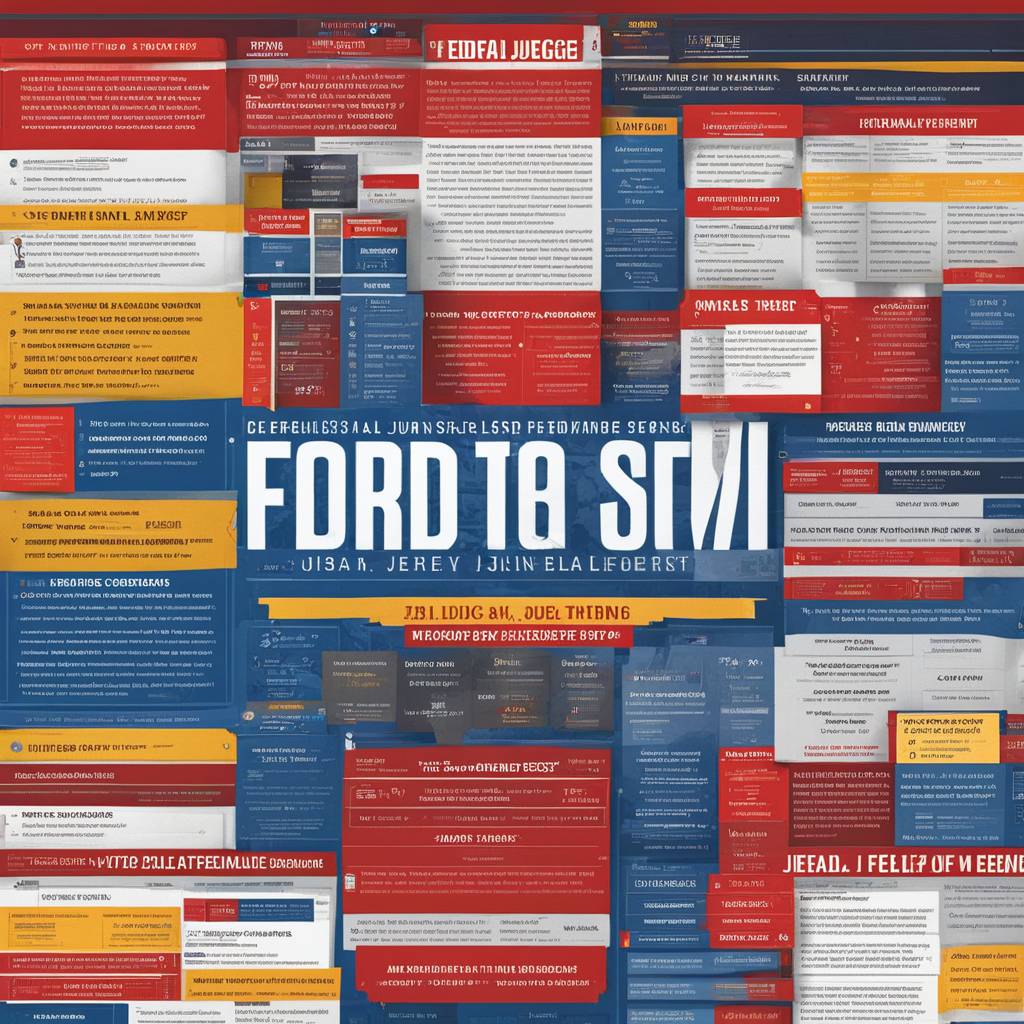In a groundbreaking ruling, a federal judge has ordered New Jersey to redesign its election ballot ahead of the June primary, disrupting a long-standing source of power for the state’s Democratic and Republican political machines. This decision, made by Judge Zahid N. Quraishi of the U.S. District Court for the District of New Jersey, is expected to reshape politics in the state significantly. The ruling was based on the argument that the current ballot design violates the constitutional rights of candidates by giving an unfair advantage to establishment figures over outsiders. This unique ballot system organizes candidates based on endorsements by political party leaders rather than the office they are running for, giving advantages to certain candidates.
The impact of Judge Quraishi’s decision is particularly evident in the race to replace Senator Robert Menendez, a Democrat who is facing corruption allegations. The issue of the ballot’s fairness has been a central theme in this race, with Representative Andy Kim, a Democratic candidate, leading the charge for a redesign. A lawsuit filed by Mr. Kim and two other candidates ultimately led to the court’s decision. While one of his opponents, Tammy Murphy, dropped out of the race, the battle over the ballot’s design continued to be a key focus in the political landscape of New Jersey.
The ruling has been met with celebrations and positive reactions from residents who have long fought against the ballot design. The current system, known as “the line,” has been criticized for favoring establishment candidates and diminishing the voices of voters. The decision to require all candidates for each office to be displayed together on the ballot marks a significant win for fair elections in the state. This change is expected to bring transparency and accountability to the electoral process, reducing the influence of party insiders on election outcomes.
The ruling directly affects 19 of the state’s 21 counties, where local political leaders have traditionally used ballot position to reward or punish candidates, creating disparities in the electoral process. Candidates whose names appear on “the line” have had a substantially higher chance of winning, giving political bosses control over policy decisions and diminishing voter influence. The legal battle over the ballot design has been contentious, with the judge’s decision overturning a practice that has been in place for decades.
The urgency of Mr. Kim’s request for a ballot redesign was highlighted during a hearing, where he argued that failing to change the design before the primary could result in significant harm. The decision by Judge Quraishi to require a new design has been hailed as a victory for democracy and a step towards a fairer electoral system in New Jersey. As the state prepares for upcoming elections, the impact of this ruling is expected to be far-reaching, challenging the dominance of political bosses and giving voters more control over the election process.
The ruling has been supported by studies showing the overwhelming advantage that candidates on “the line” have had in past elections. This decision is seen as a major step towards a more representative electoral system, where candidates can enter politics on their own terms without being influenced by party insiders. The support from prominent figures in New Jersey, including Democratic mayors of major cities, underscores the importance of this ruling in advancing democratic principles and reducing corruption in the state’s political landscape.


